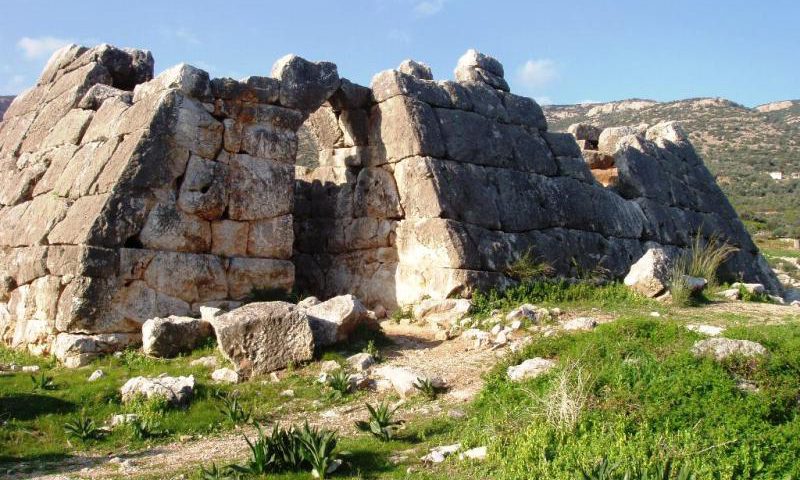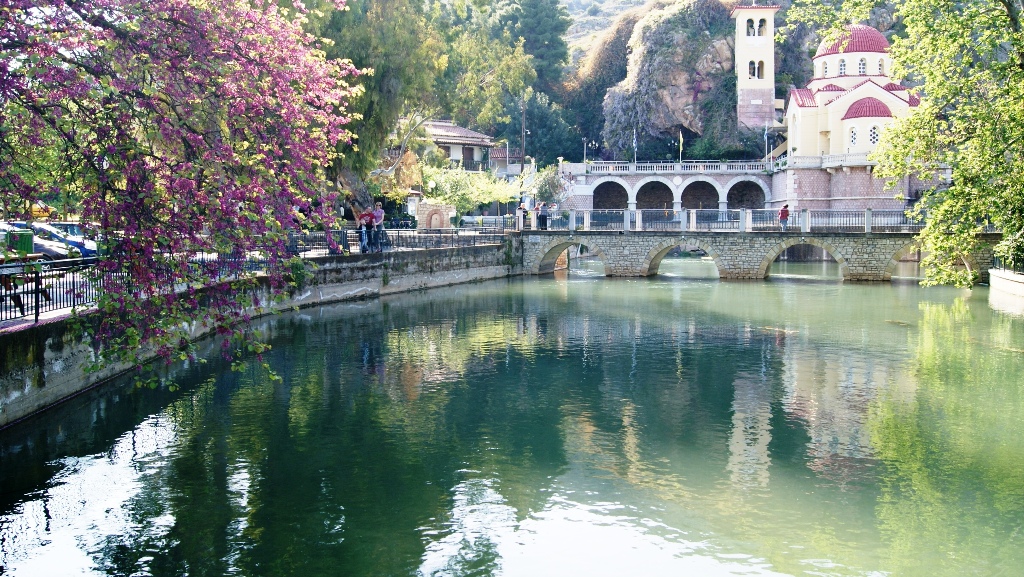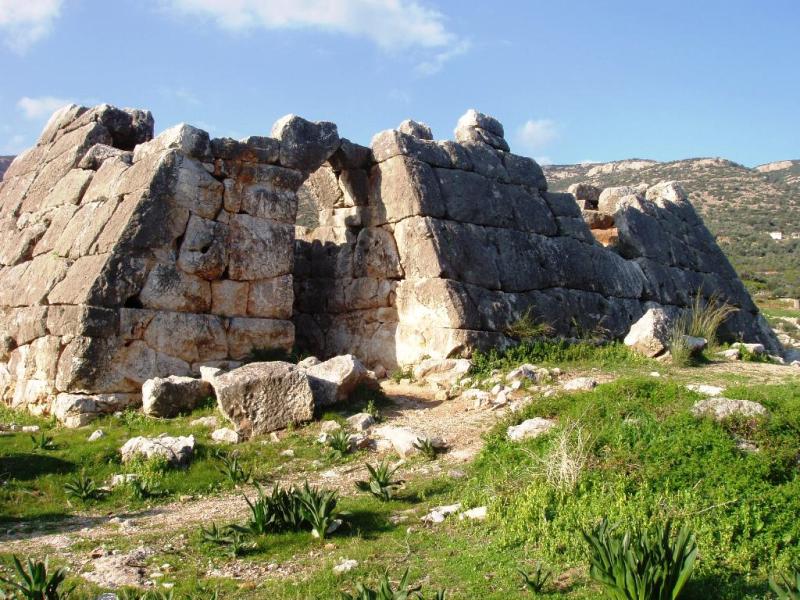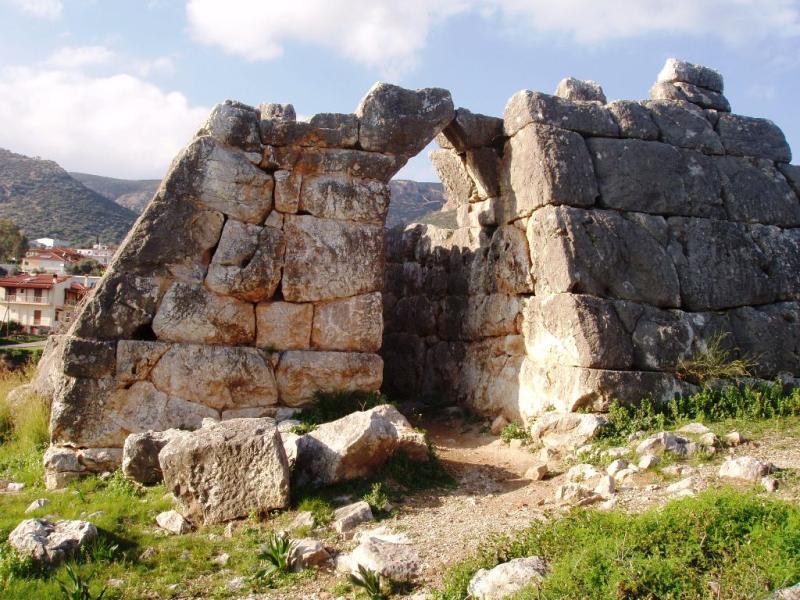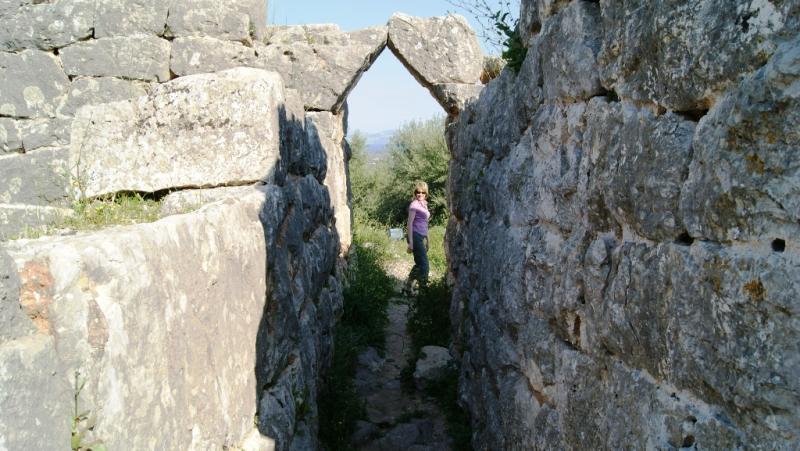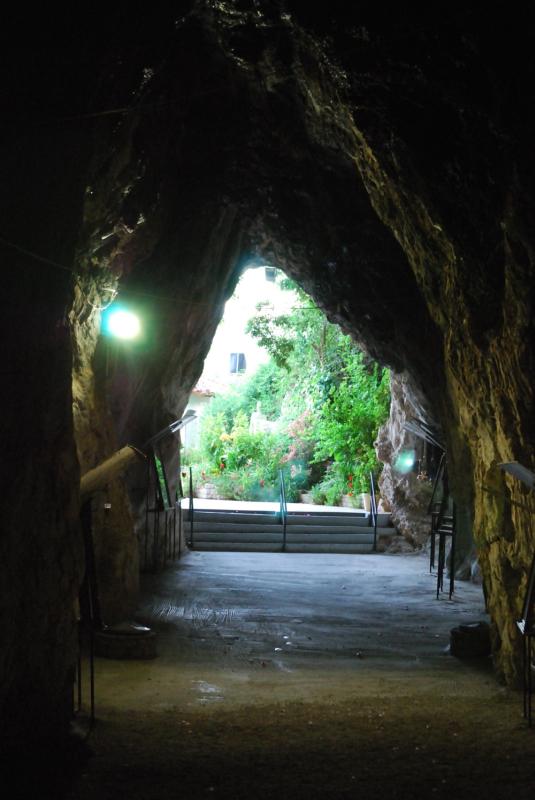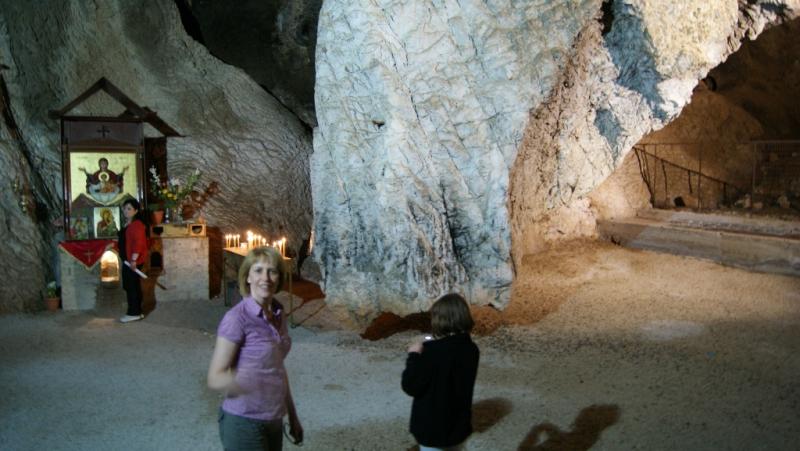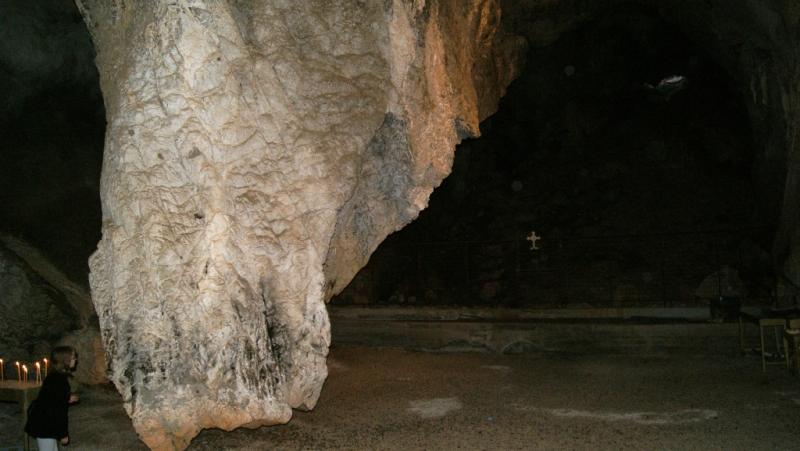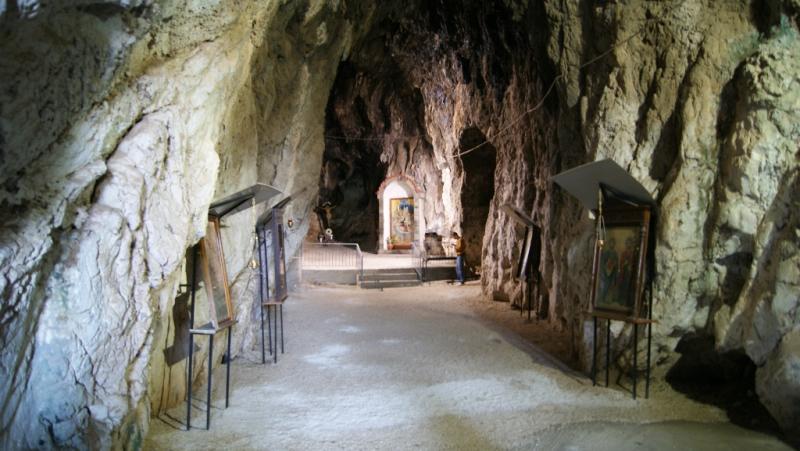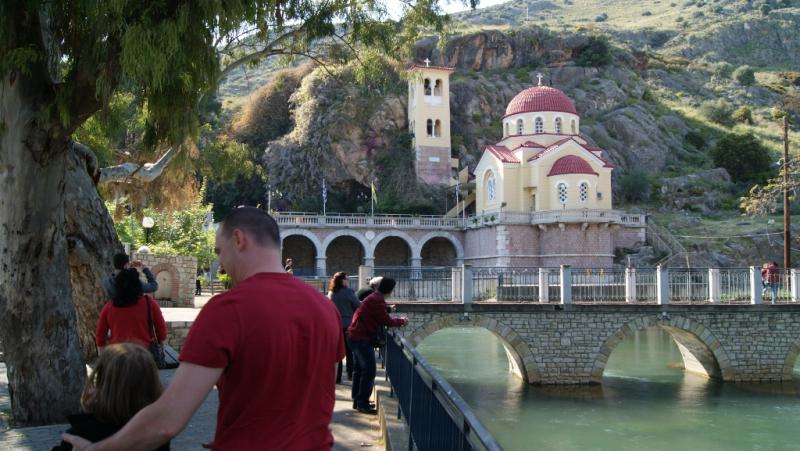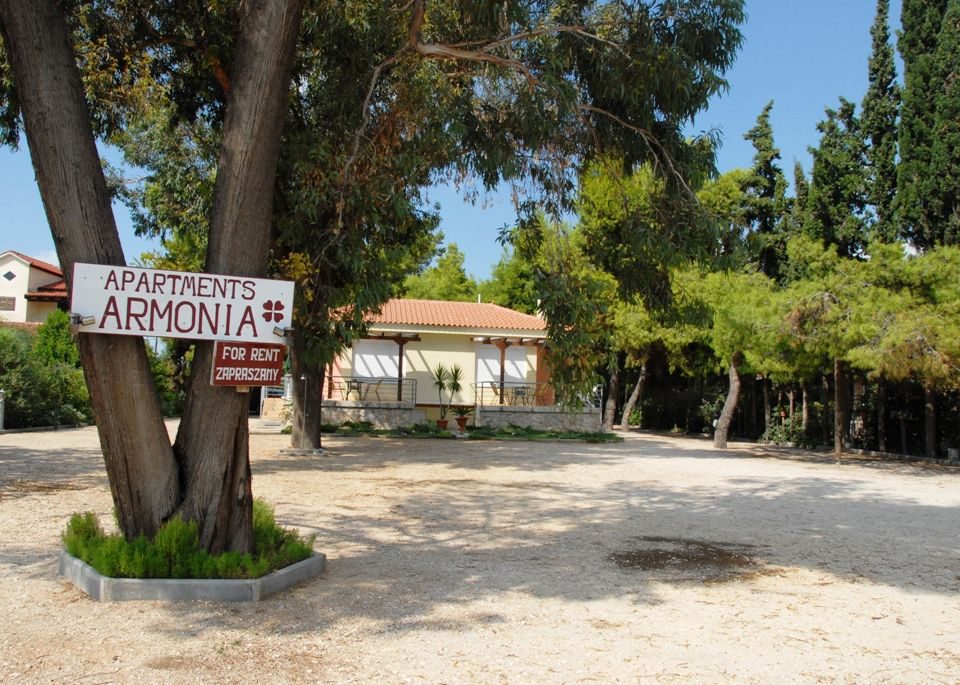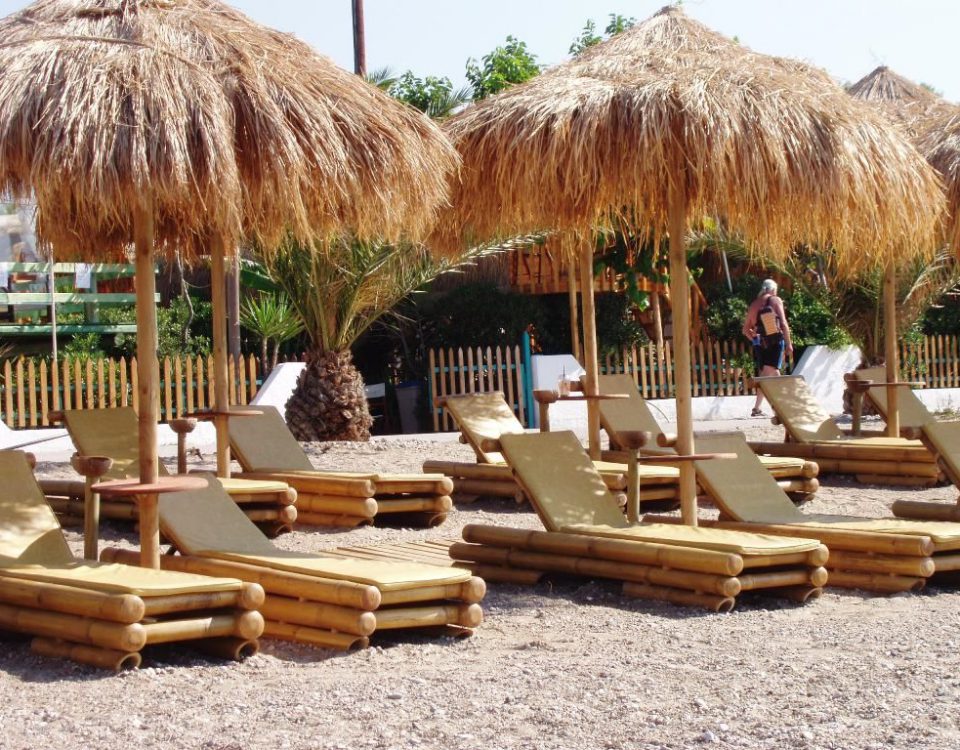- Closed until further notice
Greek pyramid at Elliniko

Green peas (arakas laderos)
10 January 2020
A hospitable cradle of European civilization
27 January 2020Being around Nafplion and Argos it is worth going on a short trip to two places: the pyramids in Elleniko and the village of Kiefalaria, which is rarely mentioned in guidebooks (on the Argos-Mili route).
PYRAMID IN ELLINIKO
It is one of 16 cataloged in Greece. Admittedly, these pyramids are unique examples of architecture in Europe.
Greek pyramids differ from Egyptian in size, form and purpose. There are many presumptions about their use: fort, watchtower, signal lantern or finally as a burial place.
The rise of the pyramid in Elliniko is estimated to be 600-400 BC. About this pyramid probably writes the ancient chronicler Pausanius, who in his books included the accounts of his numerous travels (II century AD). But it is not entirely clear whether it speaks of this pyramid or a similar one – located in the town of Ligurio (village next to Epidaurus).
Also Erich von Daniken mentions her in the book “Raiders of lost knowledge.”
Georgios Tsoukalos describes her in more detail in his article entitled “Pyramids in Greece.” He writes about it:
“… the base of the pyramid has dimensions of 15 by 14 meters, – the entrance is from the north-east, – it is built in the style in which the cyclopian walls were built, i.e. made of roughly hewn rock pieces, perfectly matched …”
In 1991, the team of prof. J. Lyritzis based on new methods of optical measurements (thermoluminescence) gave another period of its creation, namely 2700 BC. These studies are therefore at variance with the previous ones. Was the pyramid older than the Cheops pyramid?
In modern times, the pyramid was damaged and partly demolished by the inhabitants of the surrounding villages for building materials.
KIEFALARII
Following the road to the pyramid in Elliniko 2 km earlier we pass the village of KIEFALARIA. In the picturesque surroundings, against the background of the mountain, stands the beautiful church “Life-giving Spring” (in Greek – ZOODOCHU PIGIS). The place captivates us with the surrounding greenery and the Erasinos River winding at the foot of the church.
The church was built in 1634. An interesting fact is that one of its parts is in a cave, which is 110 m deep. Inside it is an interesting hanging rock, which stops just above the ground.
In 1972, archaeological research was carried out in the cave, thanks to which items from the Paleolithic period were found.
In the years of Turkish captivity, this cave served as a shelter and a place of secret learning, the so-called krifo scholio. The stories say that under a large plane tree (the tree was cut down by the contemporaries) next to the church, the hero of the national liberation struggle Teodoros Kolokotronis gathered people here and prepared to fight with the Turks – the uprising of 1821.
On May 28, 1918, the church was destroyed as a result of a powerful explosion in the neighboring ammunition store. In the years 1922-24, thanks to the efforts of residents and Greek immigrants from America, the church was rebuilt.
During the German occupation, the occupiers wanted to place an anti-aircraft gun on the roof of the church, cutting down an old tree, because the plane tree obscured its visibility. After the intervention of priest K. Papadimitros, the construction of the cannon and cutting down the tree were canceled at the German commander.
In modern times, during the tourist season, many trips come here.It is also a favorite place of the Greeks of the surrounding towns to organize weddings and baptisms here. In summer evenings – due to the surrounding greenery and several taverns with very good food, this place is teeming with life from coming down from around Argos and Nafplion Greeks and more.
It is worth visiting the tavern Riviera, next to which there is a private museum of Greek culture and nature. Mr. Nikos Chrisimos has gathered in it many items related to the history of water, costumes, old photos, books, weaving tools, a rich collection of herbs. Admission to the museum is free.
So this is another place that you can visit in your free time while on vacation in any of the nearby towns.

